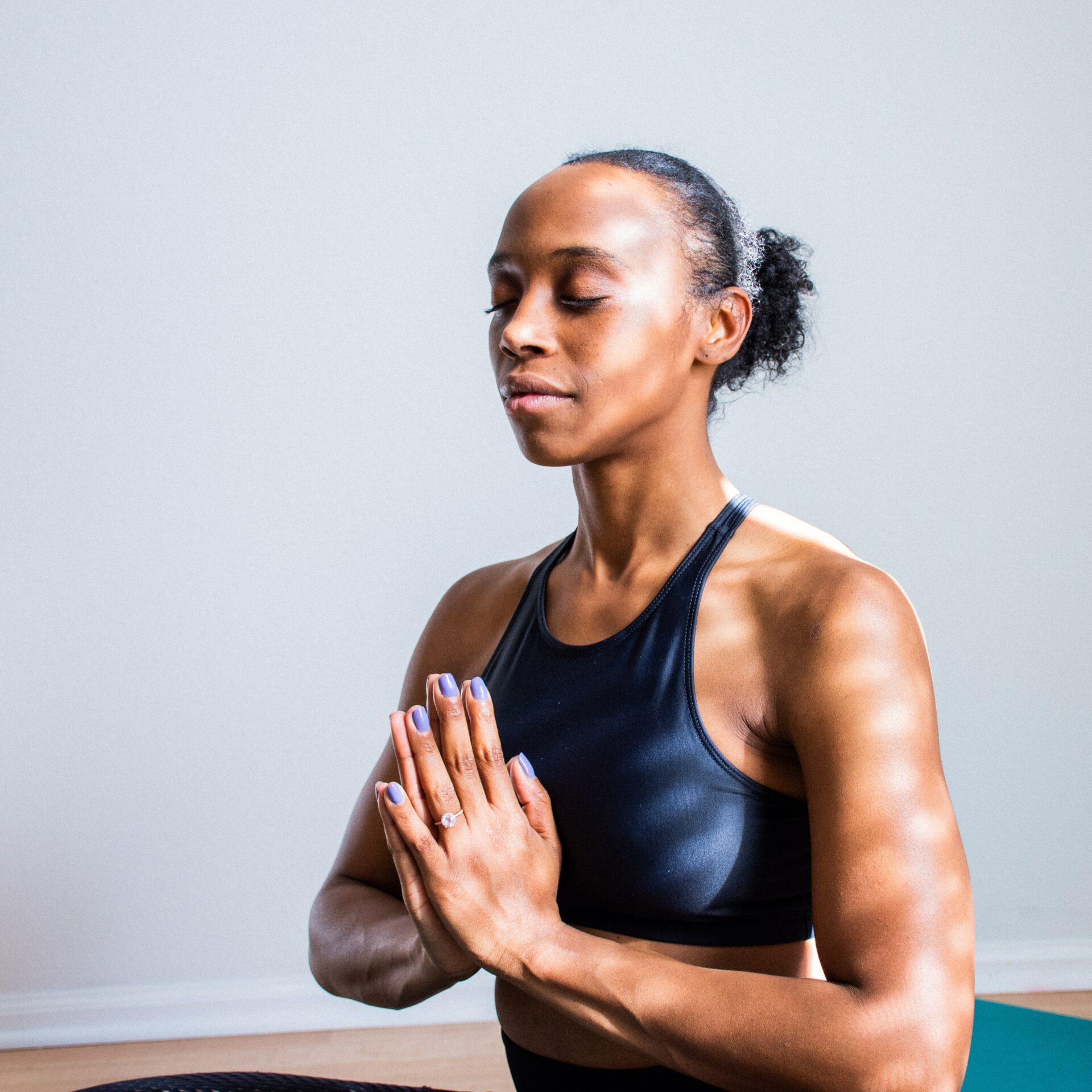
NourishDoc doesn’t provide medical advice, diagnosis, treatment, or prescriptions. Read our terms of use, privacy & medical disclaimer for more info
ABSTRACTAll skin diseases in Ayurveda have been considered under the headings of kushta. Vipadika is one among such disease which has been included under the heading of Kshudra Kushta. It is characterized by Sphutanam (fissures) either in palms or soles or in both with Theevra vedana (severe pain).Vipadika is correlated with palmar-plantar psoriasis which is a chronic skin disease which mainly affects palms and sole region. In present case report a patient with complaints of dryness and cracking of both soles associated with bleeding and pain for 10 years, was treated with Shodana (virechana) and Shamana aushadhi like ksheera bala capsule, and sukumara ghrita shown a significant result. Shodhana helps remove the root cause of the disease, and prevent recurrence.Key Words: Kushta, Vipadika, Palmar plantar psoriasis, Shodana, ShamanaINTRODUCTIONSkin is the largest organ of the body which first exposed with the environment agents like physical, chemical and biological agents. The skin protects from microbes and the elements help to regulate body temperature, and permits the sensations of touch, heat and cold. Skin has layers. The epidermis, the outermost layer of skin, provides a water proof barrier and creates the skin tone. The dermis, beneath the epidermis, contains tough connective tissue, hair follicles and sweat glands. The deeper subcutaneous tissue (hypodermis) is made of fat and connective tissue1.Skin disease not only affects the patient physically but also disturbs mental and social health of the patient. In Ayurveda almost all the skin diseases are explained under kushta and classified as 7 Mahakushta and 11 kshudra kushta. Apart from eighteen types of kushta, another type of kushta namely Swithra (leucoderma) and its types are explained in Ayurveda; on the contrary Ayurveda also considers skin diseases are innumerable. Nidanas of kushta aggravates the Doshas, causes Agnimandya (indigestion) and on the other hand produces Dhatu Shaitilyata (cause weakness of the muscles, etc.). Among all the Doshas, Vata and Kapha get aggravated predominantly and causes the Shithilyata of Dushyas like Twak (skin), Rakta (blood), Mamsa (muscles), Lasika (channels) and obstruct the Lomakupa (sweat glands) to vitiation of Sweda Vaha Srotas (channels of sweat glands). This Prakupita (vitiated) Doshas enters into RasaRaktadi Dhatus especially Sanchara (movement) in Tiryaka Siras (vein) and lodges in Twak resulting in kushta2..VipadikaIt is included in Ksudra kushta with Vata-Kaphaja Dosha involvement and it is characterized by Pani-Pada sphutna (fissure in palms and soles) and Thrivra Vedana (with severe pain)3 The treatment which is given in Ayurveda is Shamanaand Shodhana helps to cure the disease without recurrence ofthe disease3Palmar plantar psoriasisVipadika is correlated with palmar-plantar psoriasis which is a chronic skin disease mainly affects palms and sole region. Palmar plantar psoriasis is a variant of psoriasis that characteristically affects the skin of the palms and soles. Palmar plantar psoriasis is caused by a combination of genetic and environmental factors. The most common genetic factor associated with palmar plantar psoriasis includes the humanleukocyte antigen (HLA) Cw6. On physical exam, thick hyperkeratosis plaques, sterile pustules, or a mixture of morphologies may be seen in palmar plantarpsoriasis. Hyperkeratosis plaques are the most common subtype. Symmetrically distributed lesions are common, as well as erythema, fissuring, and scaling4.CASE REPORTChief ComplaintThe present case study is an Ayurvedic approach in the management of Vipadika. A 12 year old child with parents visited the OPD of SDM College Hassan, presented with c/o of dryness and cracking of both soles associated with bleeding and pain since 10 years and cracking of the skin in and around the nails of fingers since a year.History of Present IllnessPatient’s grandmother gave a history of cracking of both the soles since child started walking which gradually increased associated with itching sensation and pain in the soles. The condition worsens during winter season where even bleedingfrom cracked regions is seen. Pain is said to be so severe such that the patient cannot walk. Since one and a half year peeling of the skin in and around the fingers is seen, not associated with any itching/ burning/ pain. Patient took treatment fromcontemporary and other allied medicines for 4-5yrs but recurrence was seen on stopping of medication. Since 3 months she is not under any medication and was admitted here for better relief.Personal historyAppetite: ModerateBowel: Previously -irregular, two days once, since a year-regular, once/dayMicturition: RegularSleep: SoundFood: Mixed dietGeneral examinationAppearance: NormalBuilt: ModerateNourishment: ModeratePallor: AbsentIcterus: AbsentOedema: AbsentCyanosis: AbsentVital dataPulse: 80 /MinBP: 110/90 MmHgRespiratory Rate: 18/MinWeight: 34kgSkin examinationSite –dorsum of foot or soleDistribution- Symmetrical (both soles)Dryness, itching and cracking of both the soles is seen (pada sphutana) which is painful bleeding from the cracked region is seen In and around the fingers cracking is seenSurface –is rough and dry, margin- irregularLaboratory ExaminationHb %- 12.6gm%ESR- 20mm/hrTotal WBC count – 8,700cells/mmSerum creatinine – 0.6 mg/dlBlood urea- 16.8mg/dl
Table 1: Nidana Panchaka
|
Nidana Poorva- |
Poorva- roopa |
Roopa |
Samprapti |
Upashaya
|
|
Katu Ruksha Ahara Vataja Ahara |
Nothing specific |
Cracking of foot (Paada Sphutana)
Oozing of blood due to cracks on feet
Difficult to walk due to pain |
Nidana Sevana Vata Kapha Prakopa Rasa Rakta Dhatu Dushana Sthana Samshraya in Pada Rushatha of Pada, Sphutana of Pada. Teevra Vedana, Srava Vipadika
|
Cracking and pain subsides on application of Aloe Vera gel |
Table 2: Vyavacheda Nidana (Differential Diagnosis)
|
Vipadika |
Padadari |
|
Vata kaphaja |
Vata |
|
Seen in both hands and foot |
Seen only in foot |
|
Saruja, Srava, Kandu |
Saruja |
Table 3: Deepana Pachana
|
Sl. No |
Medicine |
Dose |
|
1 |
Panchakola phanta |
20 ml BD |
Table 4: Snehapana Procedure Medicine Dosage Snehapana Sukumara ghrita
|
Procedure |
Medicine |
Dosage |
|
Snehapana |
Sukumara ghrita |
|
|
1st day |
30 ml |
|
|
2nd day |
60 ml |
|
|
3rd day |
|

NourishDoc doesn’t provide medical advice, diagnosis, treatment, or prescriptions. Read our terms of use, privacy & medical disclaimer for more info

This website uses cookies so that we can provide you with the best user experience possible. Cookie information is stored in your browser and performs functions such as recognising you when you return to our website and helping our team to understand which sections of the website you find most interesting and useful.
Strictly Necessary Cookie should be enabled at all times so that we can save your preferences for cookie settings.
If you disable this cookie, we will not be able to save your preferences. This means that every time you visit this website you will need to enable or disable cookies again.